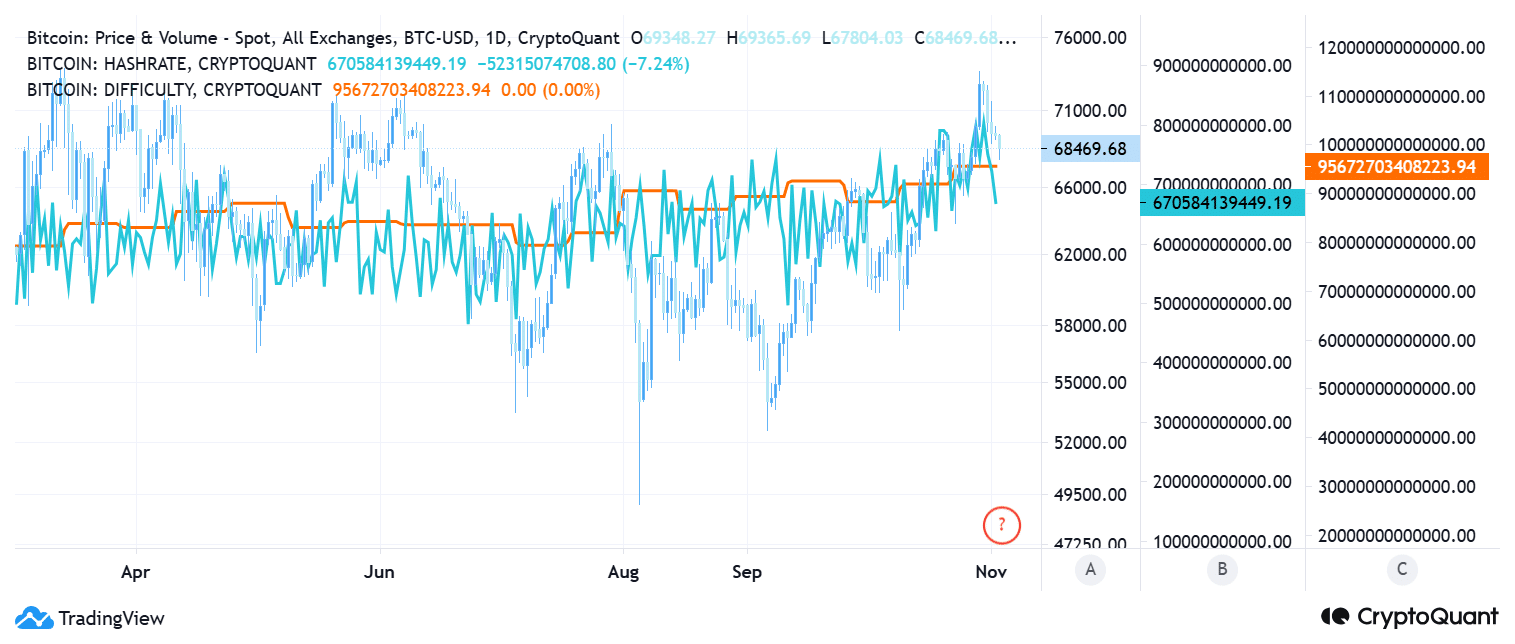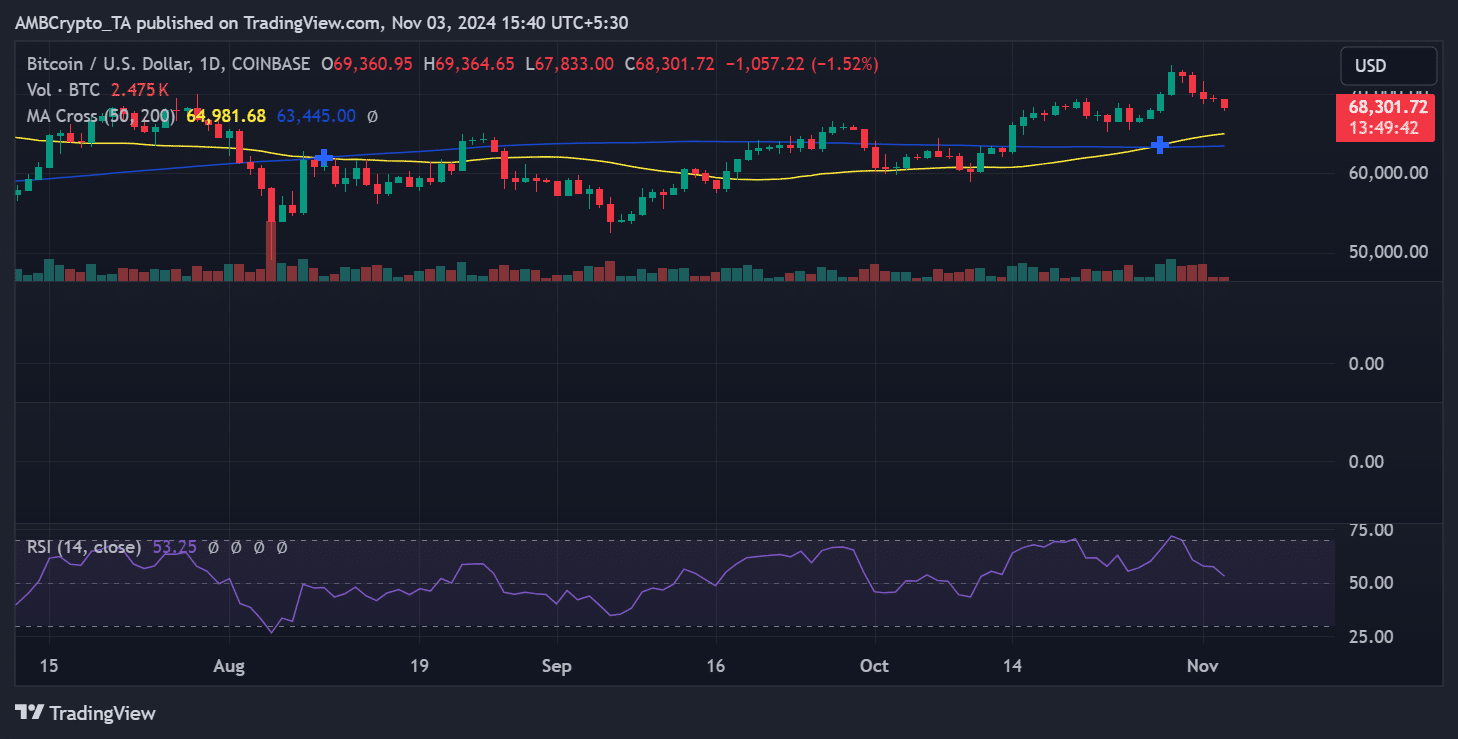-
Bitcoin’s increasing network difficulty signifies a surge in mining activity, raising investor interest in how this may affect the cryptocurrency’s price dynamics.
-
The current network difficulty surpasses previous records, reflecting growing confidence among miners and potential future price implications.
-
“A high difficulty level generally indicates a robust network, which can drive investor confidence,” said an analyst from CryptoQuant.
Explore Bitcoin’s rising network difficulty and its potential impact on price momentum as mining activity surges. Will BTC maintain its upward trajectory?
Significance of Bitcoin’s Record High Network Difficulty
Bitcoin’s network difficulty, which adjusts roughly every two weeks, recently surged past 95 trillion, marking its highest level on record. This metric reveals the escalating competition among miners, as a higher difficulty level complicates the process of validating transactions and securing the network. According to data from CryptoQuant, this recent spike in difficulty indicates an influx of miners aiming to maximize rewards amid an evolving market landscape.

Source: CryptoQuant
As more miners join the network, it not only reflects confidence in Bitcoin’s long-term viability but also enhances the security of the blockchain. Increased mining participation often leads to a more stable environment for Bitcoin, reinforcing its attractiveness as an investment asset.
Bitcoin’s Price Movements Amid Rising Difficulty
Historically, Bitcoin’s ascension in network difficulty has often corresponded with price increases. Current data illustrates an intriguing context: despite the excellent fundamentals signified by increased difficulty, Bitcoin’s price has teetered around the $68,000 mark recently. Market analysts observe that such a robust network could lead to bullish price trends, yet, as of late, Bitcoin has not sustained an upward momentum beyond $70,000.

Source: TradingView
This price stagnation might be attributed to several factors, including the liquidity pressures faced by miners due to rising operational costs linked to the heightened difficulty. Miners may need to sell significant portions of their mined Bitcoin to manage these expenses, leading to potential selling pressure that could cap price appreciation.
The Outlook for Bitcoin: Will It Surpass Technical Barriers?
As Bitcoin navigates the challenges of a high difficulty rate, the cryptocurrency’s potential to breach resistance levels remains of keen interest to investors. Strong institutional interest in Bitcoin mining is pivotal. Should miners choose to hold onto their rewards rather than sell, we might witness a constriction in market supply that could apply upward pressure on Bitcoin prices over the medium term.
While current market conditions introduce elements of uncertainty, the resilience demonstrated by the Bitcoin network due to expanding mining activities instills a sense of optimistic calculation among traders and investors alike. If economic conditions stabilize and institutional investments continue, Bitcoin’s price could eventually break through its current resistance points.
Conclusion
In summary, Bitcoin’s rising network difficulty underscores the cryptocurrency’s strengthening foundation and growing institutional interest. While immediate price movements may present challenges, the long-term outlook remains promising if miner confidence persists and operational strategies adapt to market dynamics. As the blockchain ecosystem matures and technologies evolve, potential upward momentum could reignite excitement within the BTC community.
